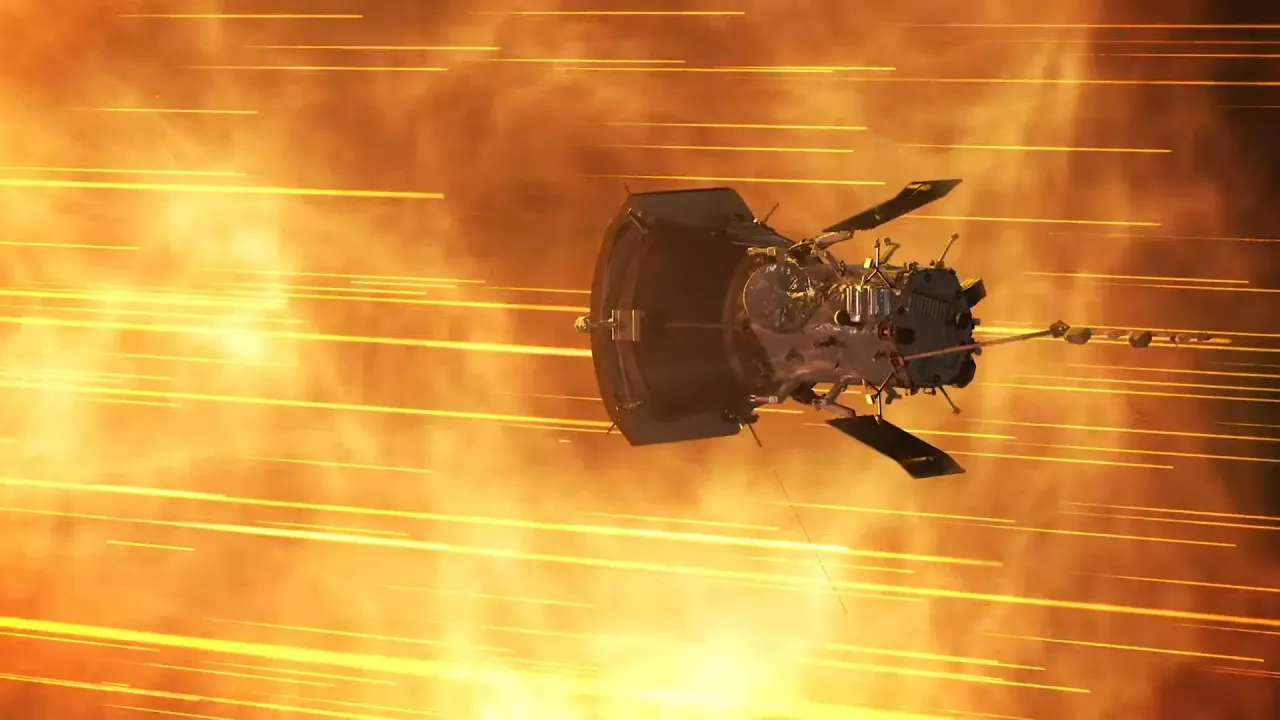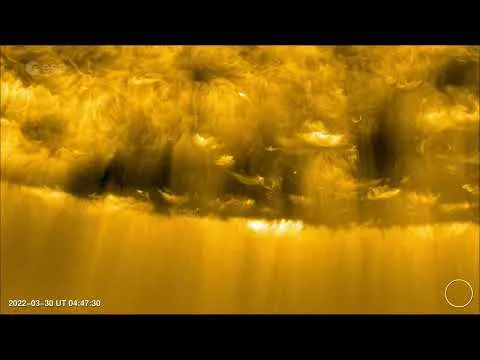Solar probes that break records.

Souce
A gravitational nudge from Venus is what NASA's Parker Solar Probe received on August 21 as it passed 4,003 kilometers from the fiery Venusian surface.
The other solar exploration craft that has made headlines is the European space agency and NASA's solar orbiter, as it may have found the answer to something that puzzled scientists.
Thank you for visiting my blog. If you like posts about #science, #planet, #politics, #rights #crypto, #traveling and discovering secrets and beauties of the #universe, feel free to Follow me as these are the topics I write about the most. Have a wonderful day and stay on this great platform :) :)
! The truth will set us free and science is the one that is closest to the truth!
